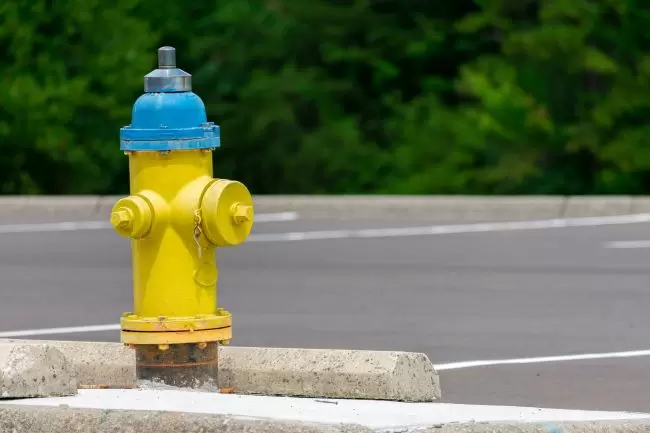
Why Consistent Color Codes Are Vital For Emergency Responders
The colorful fire hydrants that pepper city streets are an integral part of the urban landscape. They serve as vital resources for first responders combatting blazes and protecting our communities. These seemingly simple fixtures come in a variety of colors apart from the traditional fire hydrant red. Orange, green, violet, blue, yellow and white hydrants are for more than aesthetics!
If you’ve ever wondered what those colors mean, Hydrant Mechanics is here to help. In this blog, we will delve into the world of fire hydrant color codes, their meanings and the important role they play in emergency response and water distribution.
The Importance Of Consistent Fire Hydrant Color Codes
Fire hydrant colors aren’t randomly selected. Each color is a vital communication tool, providing visual information about the hydrant’s capabilities. These color codes follow a universal standard that helps firefighters assess the resources available at a glance. Every second counts in an emergency and fire hydrant codes allow for faster response times.
Color codes are set by the National Fire Protection Association (NFPA), the Occupational Safety and Health Administration (OSHA) and local jurisdictions. First responders receive training on hydrant color coding for their fire district, allowing them to make fast decisions in emergencies.
The NFPA’s color coding recommendations are practiced by default unless the local jurisdiction implements its own systems. Despite this room for differences, generalizations can still be made about fire hydrant colors.
What Can You Tell From Fire Hydrant Colors?
What color a hydrant is painted says less about the hydrant itself and more about the waterworks under the surface. From the colors on the body, tops and nozzle caps, fire responders can quickly assess water flow, water source and whether the hydrant is in working order.
Some colors indicate the size of the main, if the water is potable, if the hydrant is temporarily unusable and if the hydrant is not connected to the public water supply. For example, inoperable hydrants are usually painted black and hydrants connected to a private system are usually painted red.
The Universal Fire Hydrant Color Codes
The most common fire hydrant colors set by the NFPA include:
- Red Fire Hydrants: Indicate a water-flow capacity of fewer than 500 gallons per minute.
- Orange Fire Hydrants: Indicate a water-flow capacity of 500 to 999 gallons per minute.
- Green Fire Hydrants: Indicate a water-flow capacity of 1,000 to 1,499 gallons per minute.
- Blue Fire Hydrants: Indicate a water-flow capacity of 1,500+ gallons per minute.
Additional Color Codes
Other fire hydrant color codes include:
- Yellow Fire Hydrants: Indicate the water comes from a public supply system. Per the NFPA, chrome yellow is the default color for the body of fire hydrants.
- Violet Fire Hydrants: Indicate the water source is non-potable. This water usually comes from lakes or ponds but can be used to put out fires.
It’s About More Than Aesthetics
While universal standards exist, the interpretation of fire hydrant colors can vary from one fire district to another, shaped by local regulations and utility practices. Understanding these color codes can help both emergency responders and utility workers make informed decisions during critical moments. So, the next time you pass by these overlooked fixtures, remember, that those colors are about more than aesthetics.
Ready to Service Your Fire Hydrants in Raleigh, NC?
If you have fire hydrant maintenance or service needs in Raleigh, NC, contact Hydrant Mechanics, your trusted local experts. We’re here to ensure the reliability of your fire hydrants and keep your community safe.
Reach out to us online or call (919) 922-3829 today to schedule maintenance or discuss your fire hydrant service requirements. Your safety is our priority.
